Kids Multiplication Math Games - Math skills practice & funADC
Master multiplication with fun games for kids to enhance math skills.

- 1.5.5 Version
- 4.8 Score
- 20M+ Downloads
- Free License
- 3+ Content Rating
Introducing Kids Multiplication Math Games
Free educational flashcards, multiplication games, math puzzles, and learning games for kids. Everything your child needs to start their early education is here in a fun, colorful, and free kids game!
The best way to learn multiplication tables and gain mathematics knowledge is by using flashcards. Kids can quickly pick up new knowledge by following exercises like these, especially when we teach them through a combination of colorful games, fun puzzles, and brain training practice quizzes! Children of all ages can enjoy this free educational app, including preschoolers, kindergarteners, and kids in 1st, 2nd, or 3rd grade!
Multiplication Kids is entirely FREE to play and includes the following learning and flashcard games:
1.Always Adding - Teaching multiplication is difficult, but this game makes it simpler! Always Adding illustrates to kids that multiplying is the same as adding over and over again.
2.See & Multiply - Visual representations of multiplication games with colorful pictures and a fun drag-and-drop interface.
3.Flower Times Table - Children see the structure of multiplied numbers in a simple flower arrangement. A creative way to understand multiplication tables!
4.Chinese Stick Method - An ancient method of multiplication that uses stick counting to learn. Great for older kids and even adults!
5.Multiplication Practice - Helpful flashcard drills to help children memorize and complete math problems. Includes beginner and advanced modes for more challenge.
6.Quiz Mode - Beginner, Intermediate, and Advanced quizzes that are fun to complete while showing children how much they have learned!
7.Times Tables - A great way to help teach kids classic multiplication tables. Learn by doing multiplication in sequence to quickly master your times table.
Discover Kids Multiplication Math Games
Multiplication Kids is a fun, colorful, and completely free educational app designed to help kids learn counting, simple math skills, and work on training in multiplication tables using flashcards and other fun mini-games. The app is built to help teach young minds everything they need to know about mathematics, all through the use of colorful games, memory puzzles, and drag-and-match comparison quizzes.
The games in Multiplication Kids focus on guiding children through early mathematics skills utilizing a series of trusted exercises. Six main modes of teaching include everything kids need to start learning math and multiplication skills on their own or with their parents' help.
Most of these puzzle bundles are suitable as learning aids for all ages of children, starting as young as toddlers and preschoolers. A few of the more advanced modes teach skills better suited for first, second, and third graders, though they're still useful to help young minds get a head start on learning to multiply!
Multiplication Kids is the perfect introduction to multiplication and mathematics. Its creative and colorful design draws children in and makes them want to keep solving puzzles, and its focus on smart mini-games ensures they always step away with increased knowledge. Children usually start learning to multiply in 1st, 2nd, or 3rd grade, but there's no reason they can't start sooner!
Multiplication Kids makes learning fun, and best of all, it's entirely FREE. There are no ads, no in-app purchases, and no paywalls, just safe educational goodness for your entire family.
Note to Parents:
We created Multiplication Kids as a passion project, hoping to provide the best possible learning experience for children of all ages. We're parents ourselves, so we know exactly what we wanted to see in an educational game!
We released the app for free with no in-app purchases or third-party ads. Our goal is to provide a safe and accessible learning resource for as many families as possible. By downloading and sharing, you're contributing to better education for children around the world.
Thanks for all you do for your kids!
- Best wishes from the parents at RV AppStudios
Why Math Games
#1 Student Engagement
Let’s face it, math games are way more fun than a worksheet. Even if you use the same questions and put them on game cards instead of a worksheet, students will be way more interested in solving the math problems when they are in a game format. When kids are having fun, their engagement in learning drastically increases. When students are engaged in learning, they learn more, and what they learn sticks with them longer. Kids love games and math games can be a great motivator for even the most reluctant student.
#2 Math Games Provide Low Risk Competition
Math games provide a low-risk form of competition for students. The best math games combine skill and luck. The highest math student will not always win when there is an aspect of luck or chance involved in the game. This can be as simple as a “lose a turn” card or spaces on the game board that direct students to move ahead or back a given number of spaces. The math games I like to use with elementary students use game boards with spaces that direct students to move ahead or back and given number of spaces, and include question cards that vary in how many spaces students move ahead if they get the question correct.
#3 Math Games Reduce the Fear of Making Mistakes
Another benefit of using math games with elementary students is that they help reduce students’ fears of making mistakes. Many students are hesitant to participate in whole-class activities because they fear making a mistake in front of their peers. Math games provide a small group or partner setting where making a mistake doesn’t feel like such a big risk, and the consequences of making a mistake are very low since it is just a game. When students build confidence in a small group or partner setting it is often transferred to the whole group setting over time.
#4 Build Math Talk and Communication Skills
Math games help promote math talk and communication amongst students. Students use math vocabulary and discuss solution strategies and justify their solutions as they play the game. Students who may be hesitant to speak up or ask questions in a whole class setting are much more likely to participate in math talk and communication when they are with a partner or in a small group.
#5 Build Social Emotional Skills
Social-emotional skills are practiced and strengthened while playing math games. Skills like taking turns, being patient, cooperating, following a shared set of rules, and winning and losing respectfully are all practiced with peers when playing math games.
#6 Reinforce and Strengthen Math Skills
Choosing a math game that focuses on a particular skill helps to reinforce and strengthen concepts students have been working on in class. Practicing skills is much more exciting in a game format than it is in a workbook or on a worksheet. Math games can be used as a practice opportunity that kids will want to participate in and even ask you for more of! Win!
#7 Student Independence
A huge benefit of math games is that once the rules and playing procedures are learned, they can be played independently of the teacher. When students are fully engaged in a game with their peers the teacher has the opportunity to observe students or pull small groups for instruction or extra practice. By using math games that have a similar format throughout the year you will be able to provide the rules and instructions the first time the game is played, instead of before every new game that is played, building student independence with each game. The math games I like to use all follow the same setup, rules, and format, but the question cards for each game focus on a different skill. Students can independently play the games without having to ask questions about how to play.
#8 Learning From and Teaching Peers
Math games allow students to learn from their peers. There is something special about students teaching and coaching each other and explaining their thinking to each other that provides huge learning benefits. Students can sometimes explain how to solve a problem in a way that is different than the student has heard before, and might be the explanation that makes the concept stick!
#9 Strategic Thinking and Problem Solving Skills
Math games help build strategic thinking and problem-solving skills. Students learn to solve problems together, think strategically about what moves to make, and how to be successful in playing the game. Throughout a math game, students make a lot of strategic decisions as they problem solve and plan their next move.
#10 Math Games Build a Love of Math
Games help foster excitement about math and build a love of math in our students. Games are fun and engaging for students. The greatest learning happens when our students are having fun and are engaged in the learning process. Elementary students need to see that math is more than a series of problems in a workbook. Allowing them to get excited about math through games will help them to build a lifelong love of math.
Pro Tips for Your Math
from splashlearn.com
Cool Multiplication Tricks for Single-digit Numbers
1. Multiply by 10, then remove that number once for 9
When multiplying by 9, you need to multiply by 10 and then remove that number once. It’s one of the easier multiplication tricks for 9 and can be done quite quickly.
E.g., 9 X 67 is 670 – 67, which is 603
2. The double-double multiply by 4 trick
When multiplying by 4, you can simply double the number and then double it again.
E.g., 4 X 8 can be computed as 8 times two times two or 8 X 2 X 2, which is 16 X 2 = 32
4 X 50 is 200, because 50 times two is 100, and 100 times two is 200.
3. Add a 0, divide by 2 multiply by 5 trick
One of the easy multiplication tips for a number, is that of 5. Simply add a 0 to the end of the number, and then divide the whole thing by 2.
E.g., 5 X 37 is 370 divided by 2, which is 185.
5 X 88 is 880 divided by 2, which is 440.
4. Double-double, and then double for 8
When multiplying by 8, think of it as 2 repeated thrice. Then you double-double, and then double. It’s one of the best multiplication tricks for 8.
E.g., 8 X 20 is double-double of 20, which is 80, and then double it again, which is 160.
5. Multiply by 5, and then add another for multiplying by 6
If your students are adept at multiplying by 5, then can also master multiplication by 6. This is one of the simplest multiplication tricks for 6.
E.g., 6 X 40 is (5 X 40) + 40, which is 240.
This is a helpful trick if your students are also quick in addition.
6. Here’s another cool trick for multiplying by 6
When multiplying 6 with an even number, the last digit will always be the last digit of the number. You can then find the number in the tens place by dividing it by 2.
E.g., 6 X 8 will be 4 (half of 8) and 8 giving you 48.
Multiplication on Your Fingertips? Here Are Some Unique Tricks
7. The table of 9 is on your fingertips
You can have each finger be a digit in ascending order from 1 to 10. If you want to find 9 X 5, then put down the finger numbered 5. The number of fingers before it is the first digit (4), and the fingers after it have the second digit (5). The answer is 45. Even online math games can help kids to get kids interested in math.
8. Multiplying with numbers from 6 through 10
You can assign fingers on each hand to go from 6 to 10 in this trick. You can add stickers when starting off using finger multiplication tricks for kids. When calculating 7 x 9, you can join the fingers labeled 7 and 9, and count the number of fingers at the bottom. 6 fingers should be occupying the tens place. Next, you can multiply the fingers on the top, which is 1 and 3, giving you 3. The final answer is 63.
9. You have the table of 7 on your fingers too!
You can visualize your fingers to have imaginary numbers. You can have your thumb be the number 6, the index finger 7, and so on. You can do this on both hands. Now, you need to rotate both hands to face each other and have two fingers touch each other.
E.g., Let’s make both index fingers touch tips, giving us the answer to 7 X 7. We need to add up the number of fingers from the point of touching at the bottom, which is two index fingers and two thumbs. This gives us 4. Now we need to multiply the number of fingers above the point of touching on the left hand with the right hand. This gives us 3 X 3 = 9. Therefore the answer to 7 X 7 is 49.
Multiply Any Two-digit Number with These Math Tricks
10. Round up or down to 0, add the rest
One of the best and easy multiplication tricks for large numbers is to find the tens of one of the numbers, and multiply with that quickly. Adding the remaining leftovers will be easier to calculate fully.
E.g., 22 X 83 can be rewritten as (20 X 83) + (2 X 83) which gives us 1660 + 166 = 1826.
You can also round up and subtract, when for example, you have 29 X 80, which is (30 X 80) – (1 X 80)
11. Using factors to multiply numbers
If you know quick math tricks, such as multiplication tricks for 7 or rounding up or down, then this will be easy to pull off. You can find the factors of a double-digit number to simplify your calculation.
E.g., 12 x 60 can be written as 4 x 60 and 3 x 60, which can be quickly added up to give us 720.
12. Separate and multiply to simplify with this trick
For some double-digit numbers, you can separate one of the numbers into two digits and multiply them uniquely.
E.g., 24 x 13 can be written as 24 x 10 and 24 x 3, which is 240 + 72, giving us 312
13. Multiplying a number by 11, use this cool trick
When you’re multiplying a number by 11, then you can separate that number and add their sum in the middle.
E.g., 33 X 11 is 3 (3+3) 3, which is 363.
14. The importance of the distributive property over multiplication and subtraction
If you are multiplying two-digit numbers with the unit digit 9, then you can quickly round off the number and subtract it from itself.
E.g., 49 X 64 can be written as 50 X 64 – (64) = 3200 – 64, which is 3136
The Best Three-digit Multiplication Tricks for Kids
15. The cross-multiplication system for 3 digits
Using the cross-multiplication system, you can calculate the multiplication of any three-digit numbers quickly. Let’s start with an alphabetical representation of the calculation. It’s one of the best ways to explain 3-digit-by-3-digit multiplication tricks.
E.g., what is ABC X DEF?
This will be CXF, BXF + CXE, and AXF + CXD +BXE at the last three digits through the cross multiplication.
For the first two digits, we have AXD, and AXE + BXD
16. Rounding off to 1000 and adjusting from there
You can round off three-digit numbers that are near 1000, and then remove the additional distance traveled to round off.
E.g., 998 X 992 is 1000 (-2) and 1000 (-8), giving us 990016 through (1000000 – 9984) by rounding off and removing the excess distance.
17. Separating the multiplication by numbers
A great way to multiply three-digit numbers that are near 100 is to separate out the excess and multiply them separately.
E.g., 802 x 102 can be written as 802 X 100 + 802 X 2 which gives us 81804. This can help us quickly calculate three-digit numbers that are within a specific range.
18. Multiplying by 101? Just double the number
This is a handy trick that is perfect for multiplying by 101. It can help you quickly get to the answer, especially if you are rounding up or down to get an additional solution.
E.g., 28 X 101 = 2828, 47 X 101 = 4747
19. Multiply identical three-digit numbers with this trick
You can round up or down a three-digit square or a three-digit number multiplied by itself, using this trick. You can round up the first number and round down the second number and then add the distance multiplied.
E.g., 197 X 197 can become 200 X 194, giving us 38,800. The shifting of 3 on either side, has to be incorporated as a multiple which is 3 x 3 = 9, and added to the final number. The result was 38,809.
Simplify Multiplication with Larger Numbers with These Tricks
20. Measure the distance from the base
For multiplying larger numbers, you can do so by checking how close you are to a 10, 100, 1000, and so on. You can then add the distances and multiply them for ease of calculation.
E.g., 92 X 89 can be 100 (-8) and 100 (-11). Adding the distances gives us (-19). Next, 100 – 19 is 81. Multiplying that by 100 is 8100. Then you multiply -8 and -11 giving you +88. Adding them up gives you 8188.
21. How to multiply any number by 25
Simply add two zeros and divide it by 4. This is because 25 can be rewritten as 100/4, which is adding two zeros and then dividing by 4 at the end.
E.g., 1235 X 25 will be 123500 divided by 4, which is 30,875.
22. Multiplying a large number by 9? Here’s how
Add a 0 to the end of the number, and then subtract that number from itself.
E.g., 7250 X 9 will be 72500 – 7250, giving us 65,250
23. Multiplication tricks when one number is larger and the other smaller
One of the best ways to get calculating is to simply add the smaller number to each of the digits of the larger numbers through multiplication. Then adding them all up should give you the right answer.
E.g., 11,341 x 12 can be ironed out as 12 x 1 + 12 x 40 + 12 x 300, and so on. You can add all the sums up to get a quicker route to reaching the final number.
Help Your Kids Master the Multiplication Tables Using These Strategies
24. Repeating digits for 12
For the table of 12, the tens place is 1, 2, 3, 4, 6, 7, 8, 9, 10, 12. The unit’s place digit is 2, 4, 6, 8, 0 repeating. You can ask your kids to forget about 5 and 11, when using these tricks to memorizing multiplication facts for 12.
E.g., 12, 24, 36, 48, (nothing with 5, skip to 6), 60, 72, etc.
25. For the table of 11, repeat the numbers until 9
It’s one of the best tricks for learning multiplication tables, and it involves a highly used table of 11. All you need to remember is that the digit will repeat itself in a series.
E.g., 11 x 3 is 33, 11 x 7 is 77, until you reach 9.
26. The table of 14 can be learnt quickly through 4
If your kid knows the table of 4, then they can focus on the multiples of 4 as 4, 8, 12, 16, etc. They can then add natural numbers from 1 onwards to get the table of 14. i.e., 1 & 4, 2 & 8, 3 & 12 which is (3 + 1) & 2.
27. A great visual trick for the table of 8
For the table of 8, you can list out the row from 8 x 1 till 8 x 5, and then have the second row be 8 x 6 until 8 x 10 and so on. The tens place will be whole numbers in ascending order, and the units place will be descending even numbers from 8 to 0.
E.g., 8 x 1 = 08
8 x 2 = 16
8 x 3 = 24
You can see that the tens place is going 0, 1, 2, and the units place digit is going 8, 6, 4, etc.
28. Let’s make that table of 13 much easier
Kids love fast multiplication tricks, especially if they need the right tactics to complete double digit multiplication tables. For 13, you can teach them to remember the multiples of 3, i.e., 3, 6, 9, 12, etc. and remember to count from 1 onwards in the tens place.
E.g., 1 & 3, 2 & 6, 3 & 9, (4 + 1) & 2. We did 4 + 1 because at 12, we carried the 1 forward.
29. The table of 15 is a breeze with this trick
For 15, the unit number will oscillate between 5 and 0 only. The tens digit will have two consecutive odd numbers, and two even.
E.g., 1 & 5, 3 & 0, 4 & 5, 6 & 0. We have 1 and 3 being odd numbers, and 4 & 6 being even.
30. Get the table of 17 using the table of 16
Kids can quickly get the table of 17 if they are aware of the table of 16, which can be calculated using the repeating last digits of 6, 2, 8, 4, 0 giving you 16, 32, 48, 64, etc. For the table of 17, you simply need to add a natural number to the table of 16 corresponding to the position in the table.
E.g., 16 x 3 = 48. You can add 3 to it to get 51, which is basically 17 x 3.
Frequently Asked Questions (FAQs)
Can kids improve in math using multiplication tips and tricks?
Kids can gain a sense of confidence, agility, and accuracy when using math tricks. This can positively impact their performance at school.
How do I start implementing multiplication strategies?
You can use charts, stickers, toys, and props, to make elementary mental math lessons more engaging.
How do I improve my child’s math scores using calculation tricks?
Repetition is key to improving your child’s math abilities. You should also explain the logic behind these tricks to get them thinking further.
Can you memorize tables without calculating the numbers?
It is easier to have a sense of mental multiplication going when working on multiplication tables. Memorizing may become more challenging for higher numbered tables, such as beyond 30.
- Version1.5.5
- UpdateSep 11, 2024
- DeveloperRV AppStudios
- CategoryEducation
- Requires AndroidAndroid 4.4+
- Downloads20M+
- Package Namecom.rvappstudios.kids.multiplication.games.multiply.math
- Signature3b24d8c2b7a0abf1cf45e9ca7d77c4c3
- Available on
- ReportFlag as inappropriate
-
NameSizeDownload
-
33.75 MB
-
33.63 MB
-
32.71 MB


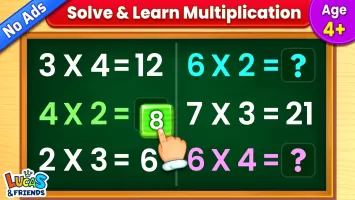

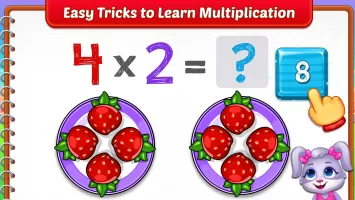
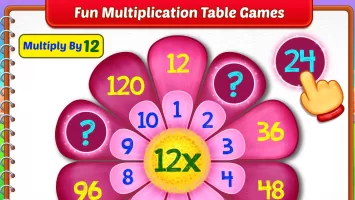

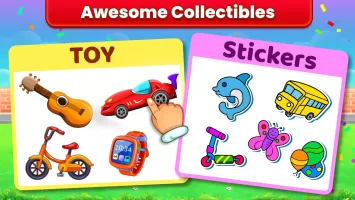
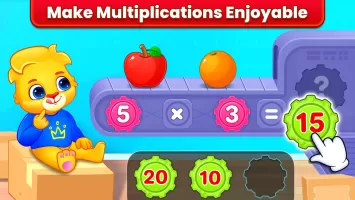





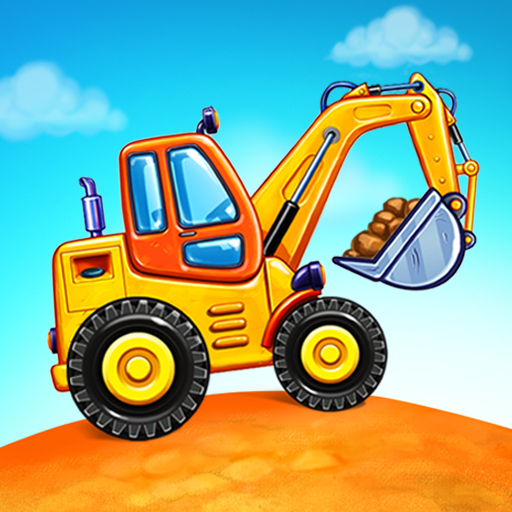

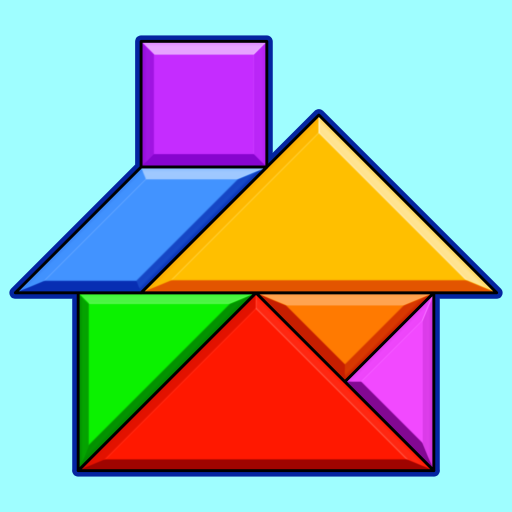
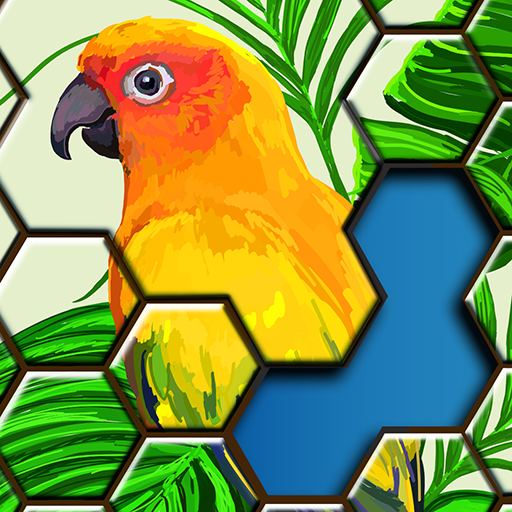

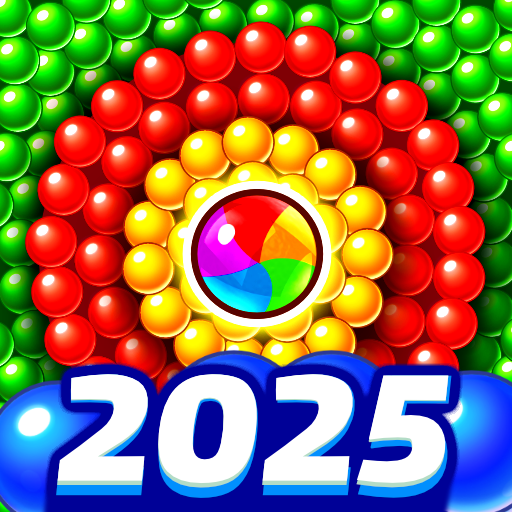



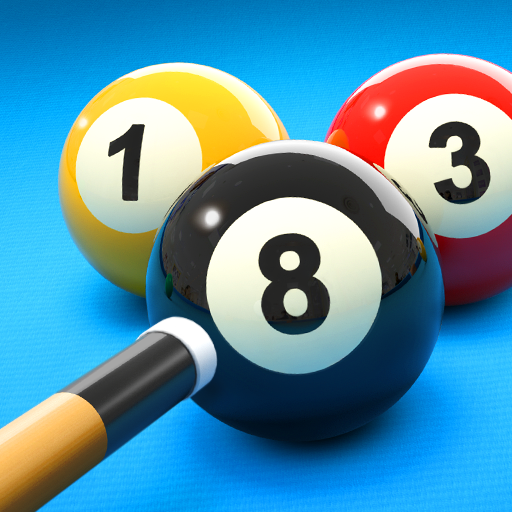





no ads
invaluable asset to child's learning and development
covered from easy facts to multi digit multiplication
less game suggested
some questions are same
some questions are easy